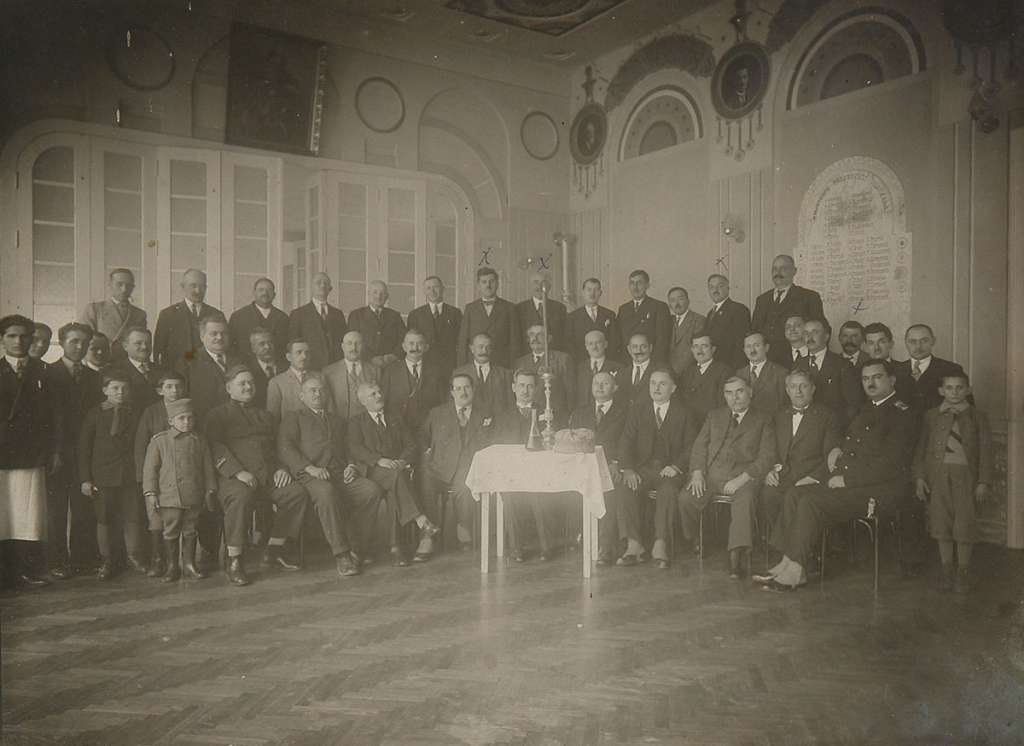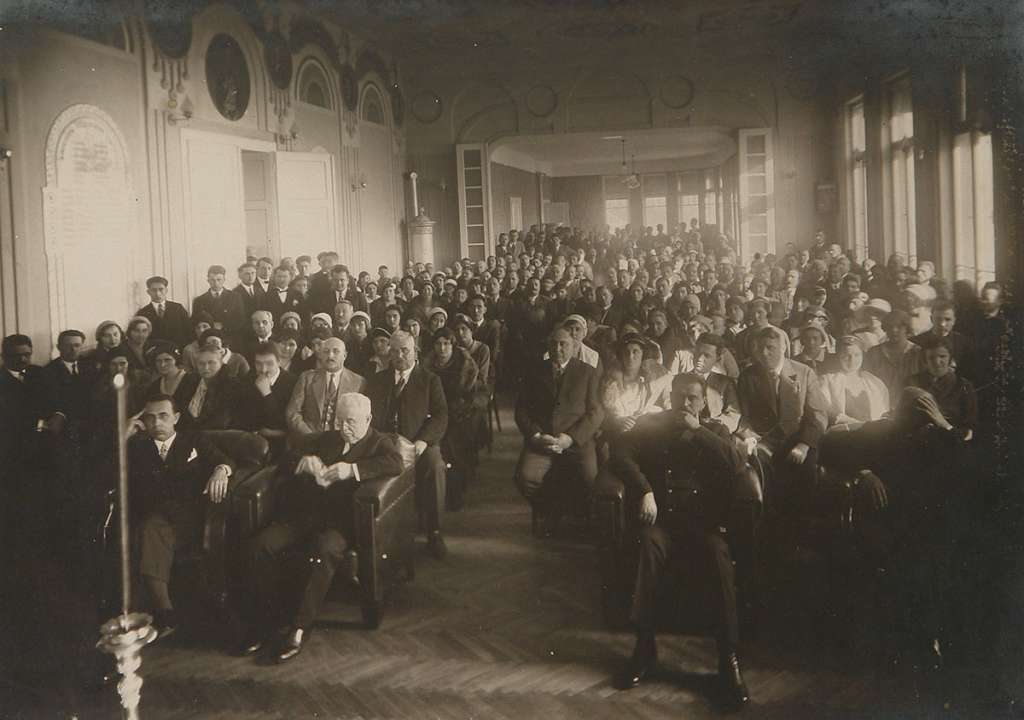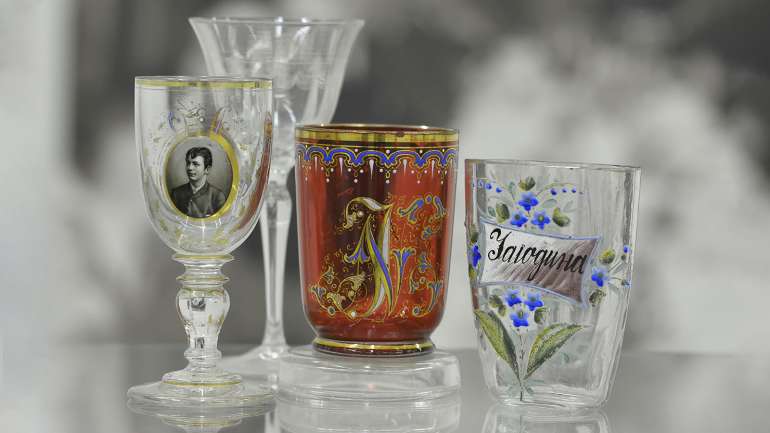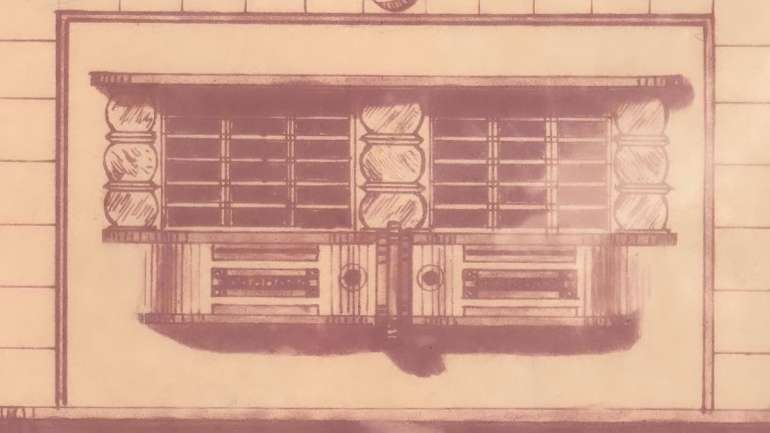By: Jasmina Trajkov, museum advisor
During the fourth decade of the 20th century, several representative and monumental buildings were built in Jagodina, which were the true pearls of our city’s architecture. One of them is the House of Jagodina Merchants, today the building of the Workers’ University. This building suffered great devastation after the Second World War, and today it is in a very bad condition.
By erecting their House, Jagodina merchants ended ten years of efforts to build a building that would meet their needs. The construction of this building was planned by the Regulatory Plan from 1924, when the Fund for building the House of the Trade Association was formed, but the realization took a little longer. Funds for building the House were collected through membership fees and contributions from donors. Construction began in April 1930, according to the project of architect Momir Korunović, at the corner of today’s Knez Lazar and Maksim Gorki streets. It is a one-story building that had colorful contours and rich facade decoration. The street facade was divided into a higher, central block and lower, side rounded tracts. The ground floor did not have much decoration, except on the capitals of the pilasters and columns on the entrance porch, while the first floor had rich architectural decoration. Between the rows of windows was a cruciform decoration with a circle in the center. Above the very prominent eaves cornice was a series of horned sprockets of various sizes. The apertures on the first floor are arched and were framed by archivolts. Bars were located on the ground floor of the building. The first tenant was Reznerović Pharmacy, whose owner was Gustav Rezner with his wife Ruža and son Milan. The offices of the Trade Association and Trade Youth, as well as the ceremonial hall, were located on the first floor. This building was created in the most fruitful period of Korunović’s creativity and according to general belief, it was the most beautiful palace of pre-war Jagodina.
The artistic rendering of the interior was entrusted to the Russian émigré officer Vikentije Ivanov, who worked as a drawing teacher at the Jagodina Gymnasium. According to its purpose, the interior of the ceremonial hall was specially decorated. Apart from the geometric decoration in the upper parts of the walls and on the ceiling, which consists of art nouveau medallions similar to those on the facades, it was intended to include portraits of twenty-eight of the most prominent Jagodina merchants in circular frames placed in a frieze along the cornice on the west wall of the hall. Also, in this hall there were two marble slabs with carved inscriptions about the time of building the House and the names of the founders and benefactors of the Trade Association. Until the consecration of the House, Ivanov made only one part of the intended decoration. During the first decade of the 21st century, a portrait of a prominent merchant Petar Taušanović (1847–1934) was found, which is assumed to have been part of this decoration, and which is now kept in the Regional Museum of Jagodina.
The consecration of the House of Jagodina Merchants took place at the beginning of January 1932, with the presence of representatives of the Chamber of Commerce from Belgrade, state authorities and humanitarian societies, as well as a large number of citizens. The service was performed by five priests with the presence of the church choir. After the consecration, archpriest Mladen Vukićević gave a speech, and then the president of the Trade Association Živojin Taušanović greeted the attendees. At the end, the secretary of the Association, Dimitrije Nikolić, spoke about the efforts made by Jagodina merchants to build their home. A formal lunch followed, and a party was organized in the evening.
After the Second World War, the building was allocated for use by the National University. Unfortunately, in the period from 1965 to 1970, its facade decoration was destroyed, and in 1970, a floor was added. This violent modernization of the building, by which it lost its recognizable romantic style and elements of Korunović’s style, greatly desecrated the architectural image of Jagodina. While it used to be a real palace, the pride of Jagodina merchants, today this building is in a very bad condition.Today it only represents negligence towards the cultural-historical heritage and our attitude towards it.








